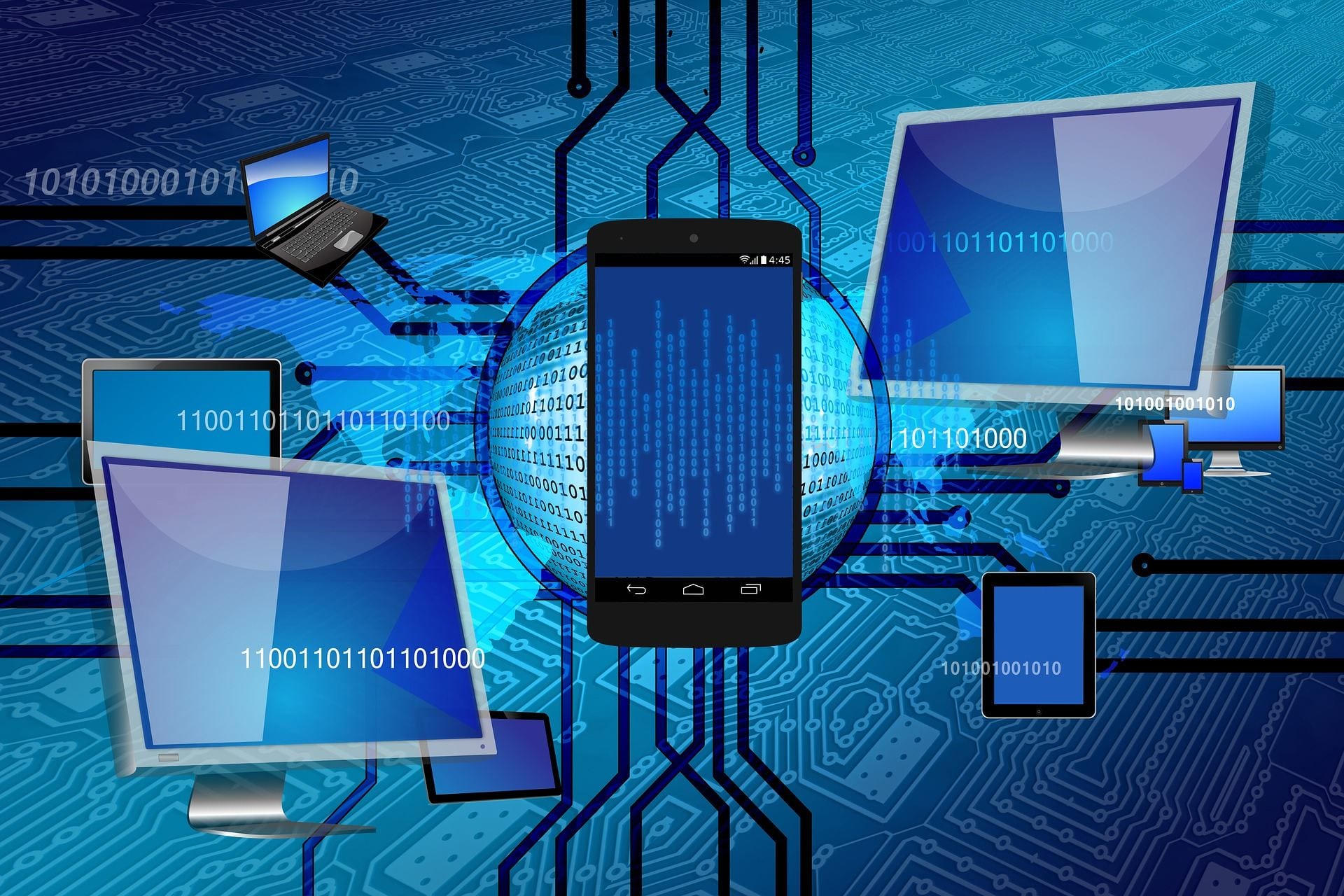As we advance further into a rapidly advancing technological age, corporations are putting more and more effort into menial improvements on entertainment and communication products to justify upping their prices and to keep consumers in a buying mind frame. This is no different in terms of artificially intelligent devices such as Alexa or Google Home. For a majority of people, these are clever toys that mean you don’t have to get up off of the couch or that you can joke around with. But there is a more crucial application in the artificial intelligence market, and that is augmented and alternative communication (AAC). In essence, AAC provides temporary or permanent communication alternatives or supplements for people with complex communication needs.
According to the United Nations International Children’s Emergency Fund (UNICEF), the market for AAC is largely untapped, even with recent advancements. UNICEF mentions that widespread artificial intelligence just doesn’t meet the need of many people with disabilities, and there is a pressing need for more predictive technology, personalized synthetic speech applications and more comfortable language translation and social media applications. Advancements in these areas could greatly enhance the lives of many people such as those with ALS or muscular dystrophy.
However, major corporations have progressed artificial technology into Alexa-operated microwaves or Alexa iRobot Roombas. Sure, this technology might help some people with disabilities, but it’s not intended for them and, certainly, doesn’t help a significant portion of them. While big companies continue to make new generations of iPhones or the second generation of Alexas capable of neat features like a noise cancellation speaker or the ability to control door locks, these “upgrades” are not enough for the people who truly need artificial intelligence. They mostly achieve entertaining children or amusing users by snarkily answering questions. Where is the mainstream artificial intelligence for those that have a hard time with articulation or the hard-of-hearing?
More than that, artificial intelligence may help in the actual healthcare process. A 2017 article published in the British Medical Journal attests that artificial intelligence may help in detection, treatment and prognosis of cancer, neurology, cardiology and, more specifically, strokes. However, the study mentions two hurdles in their deployment: regulations and data-exchange. While these obstacles are more in terms of the medical industry, the development of this approach won’t happen without a push for the FDA to determine regulations and the healthcare system to determine a data-sharing system. Arguably, advancement in artificial intelligence in general for people with medical disabilities will bring forth the issue rather than placing it on a back burner as it is now.


